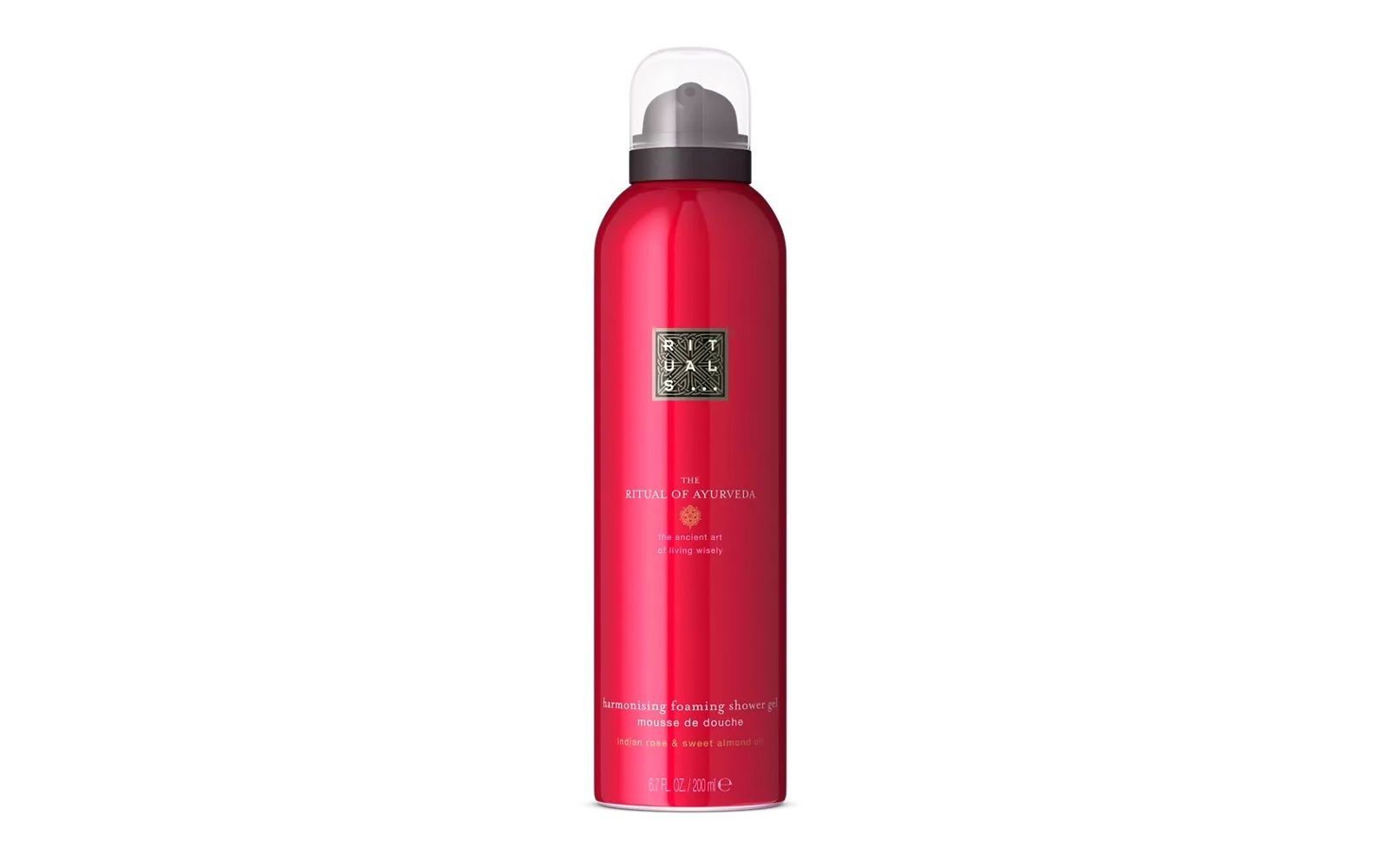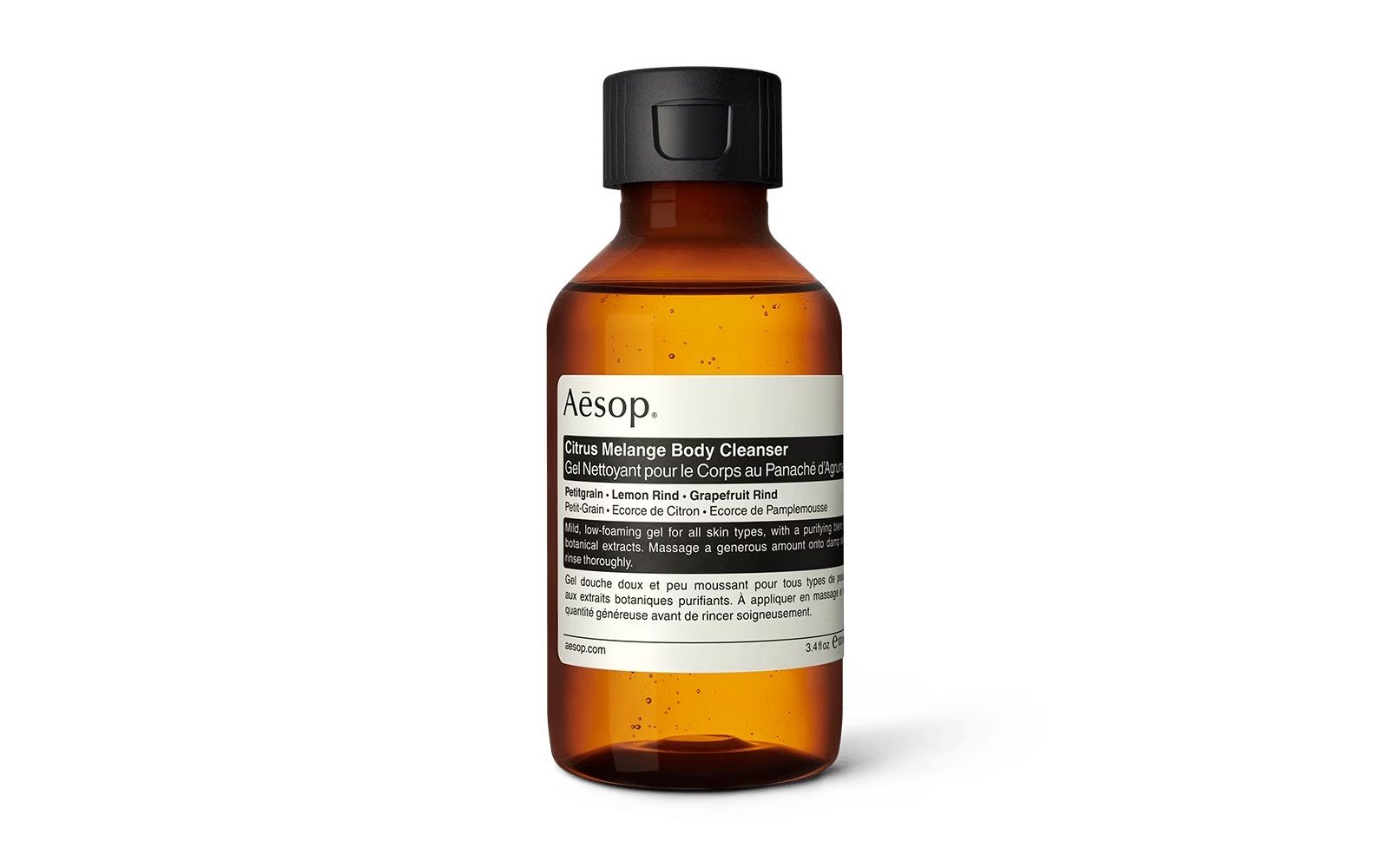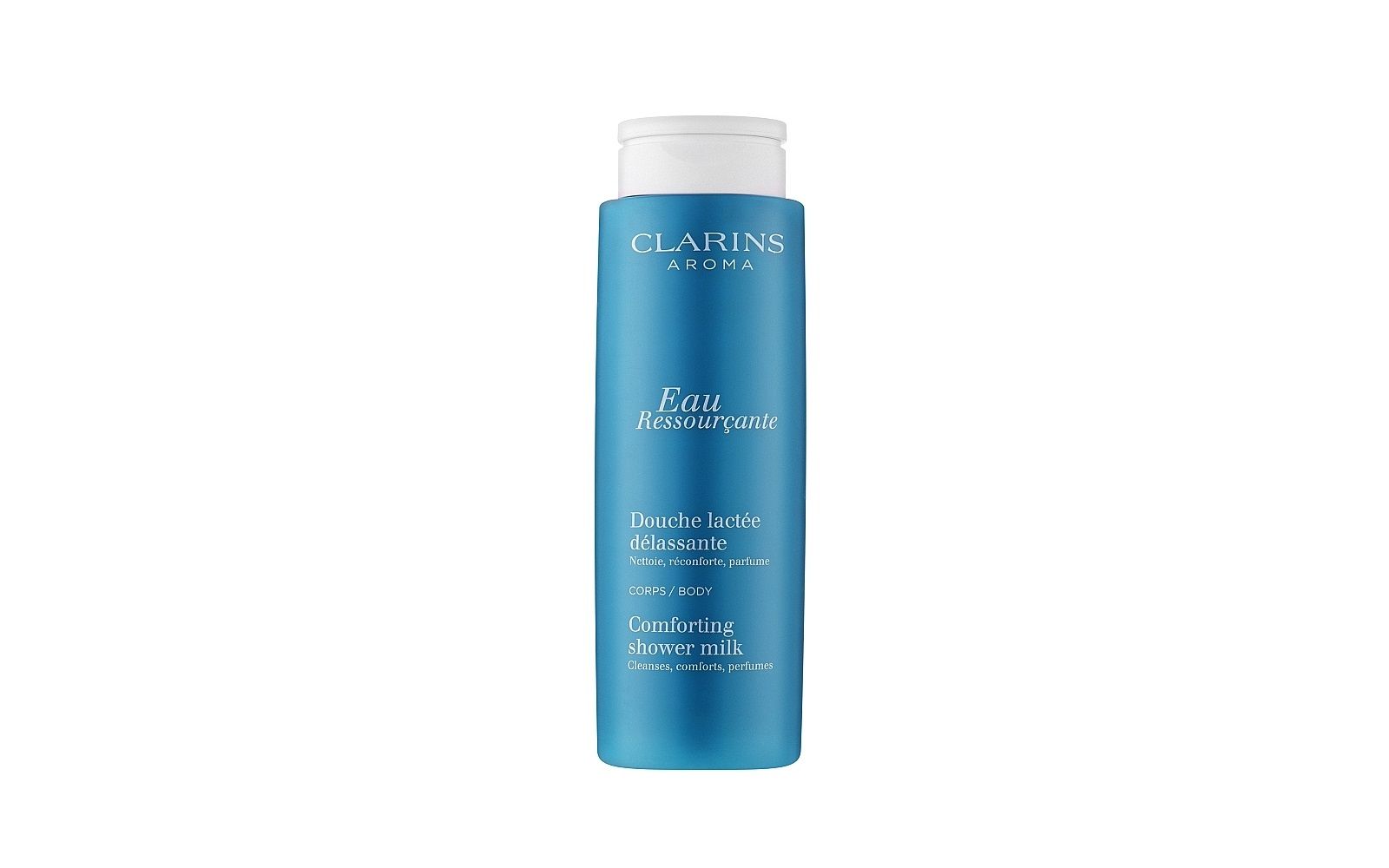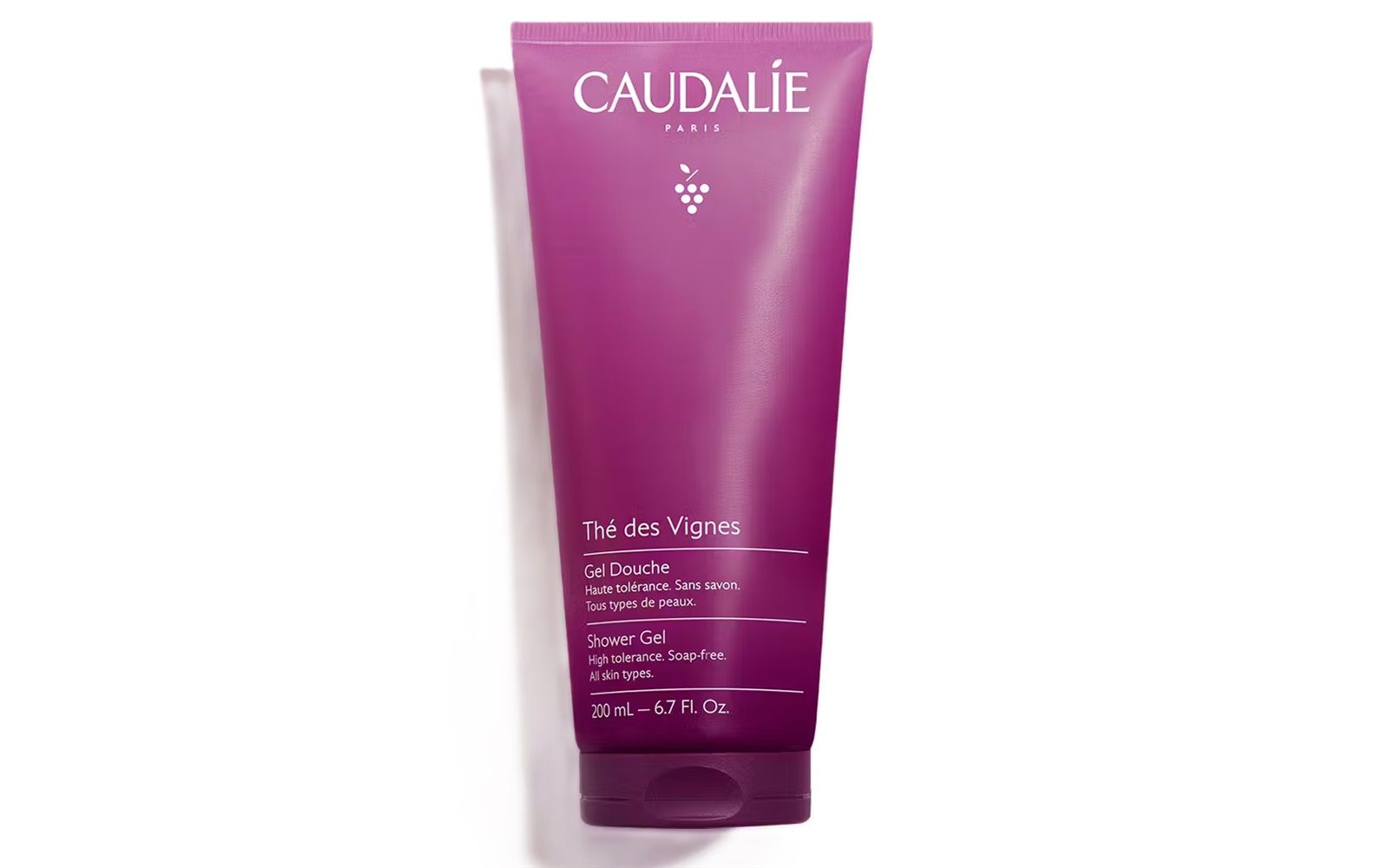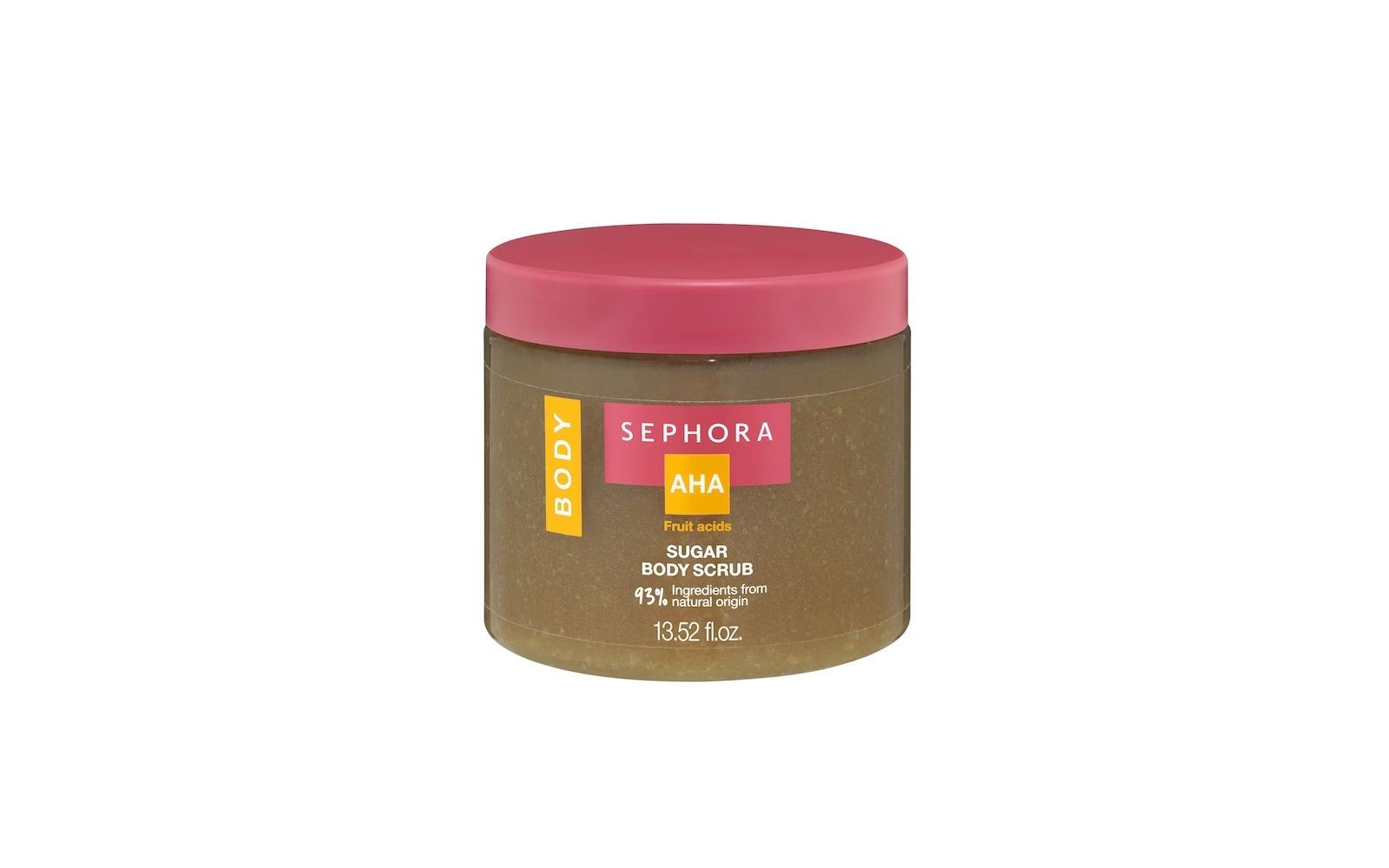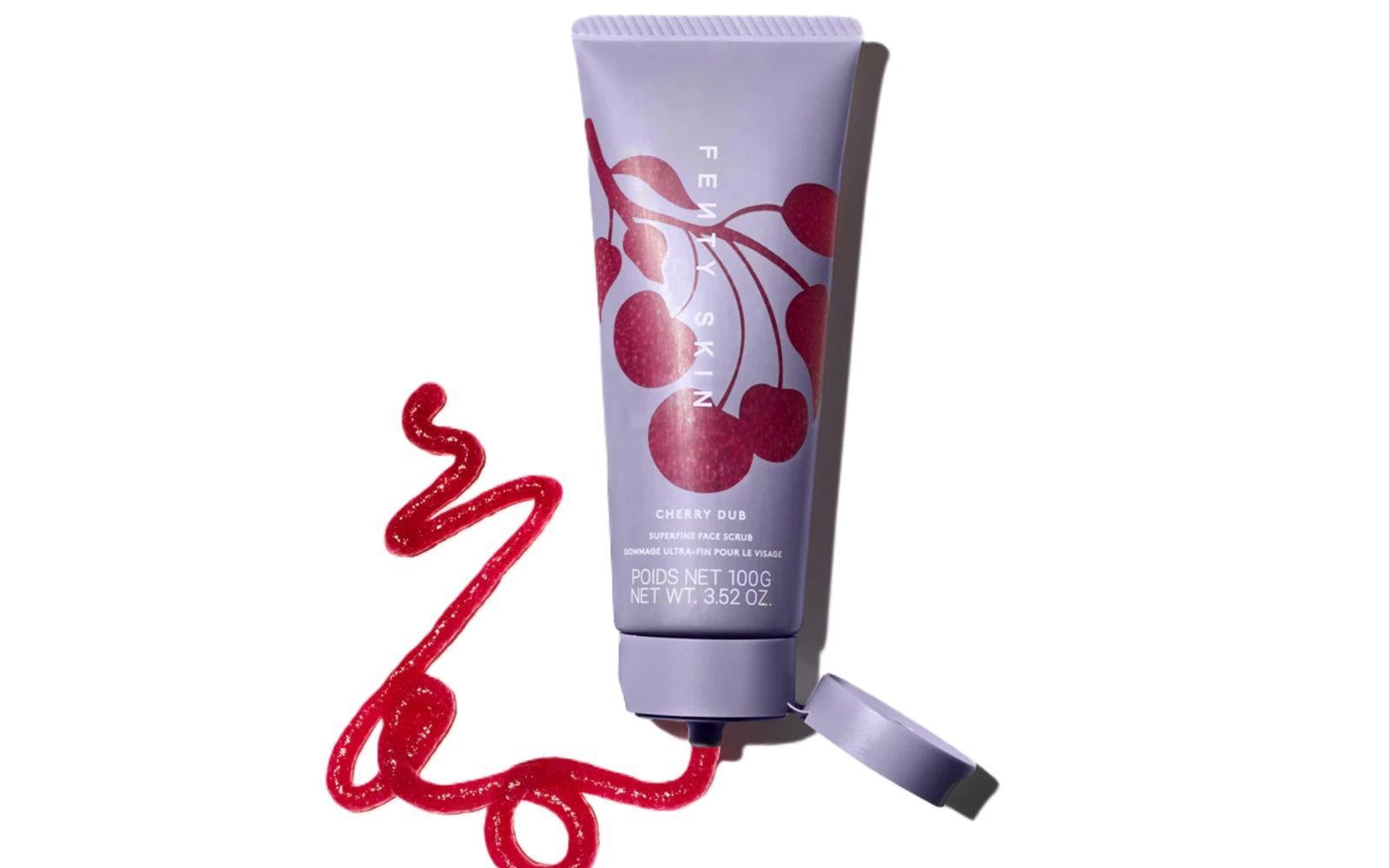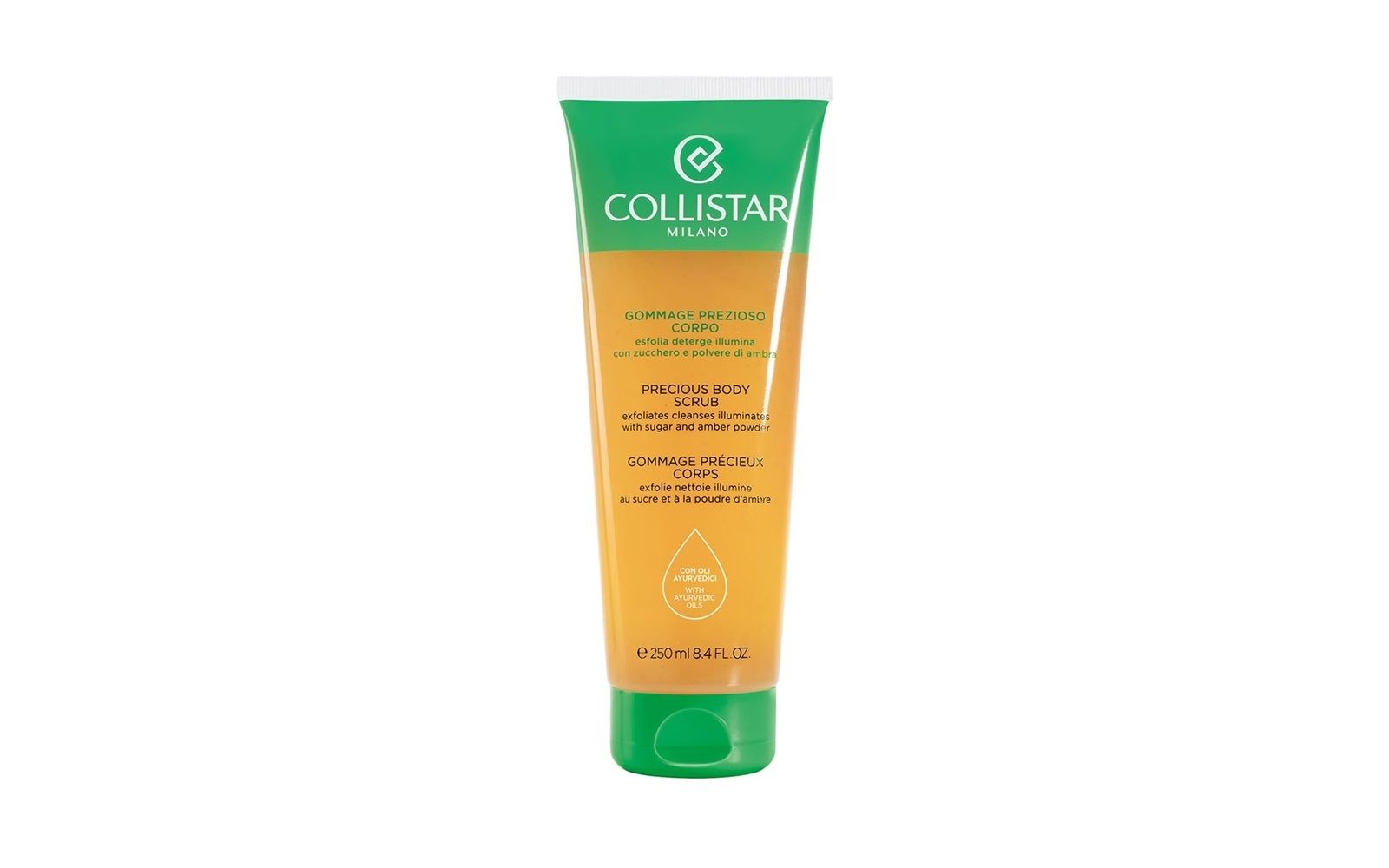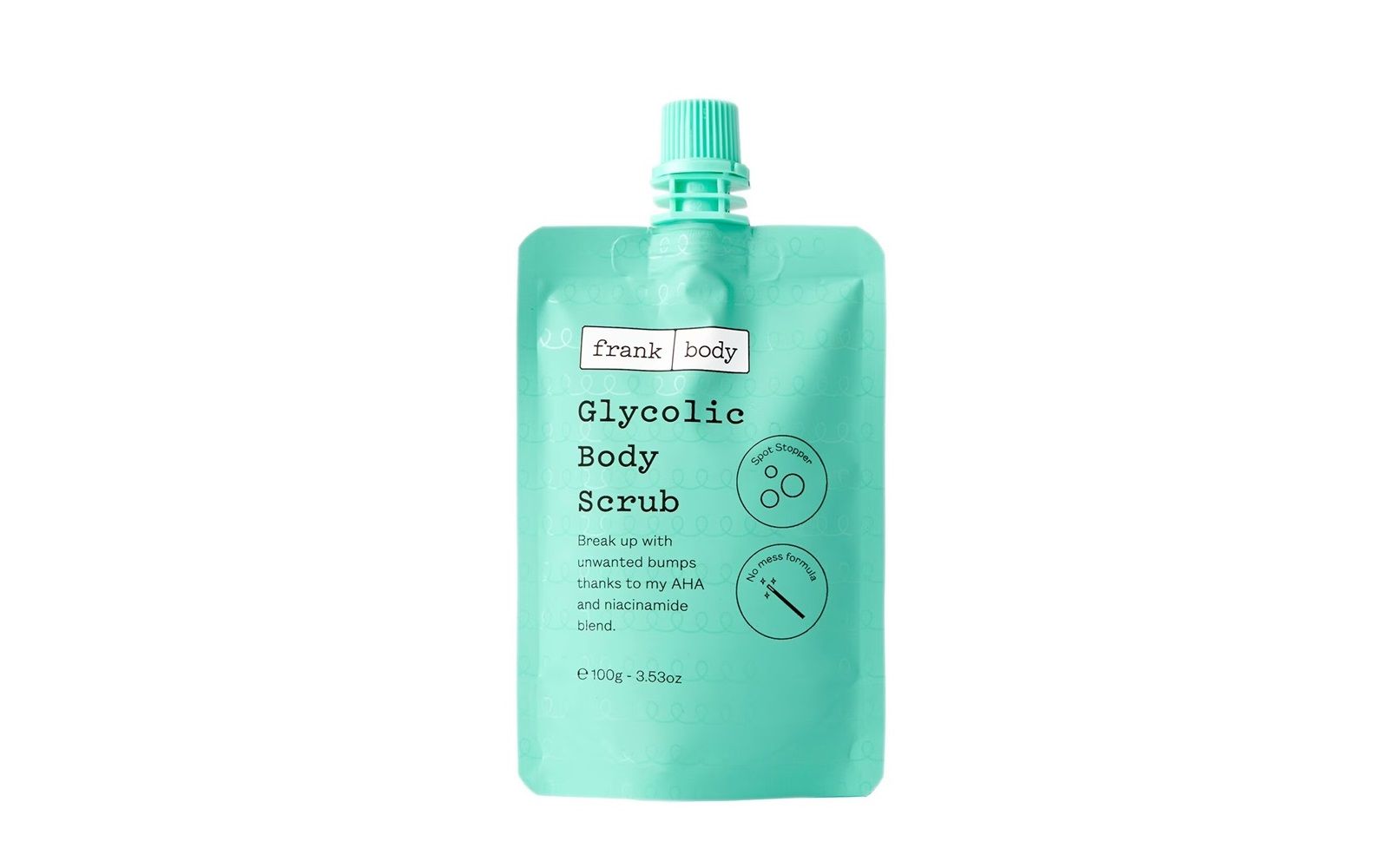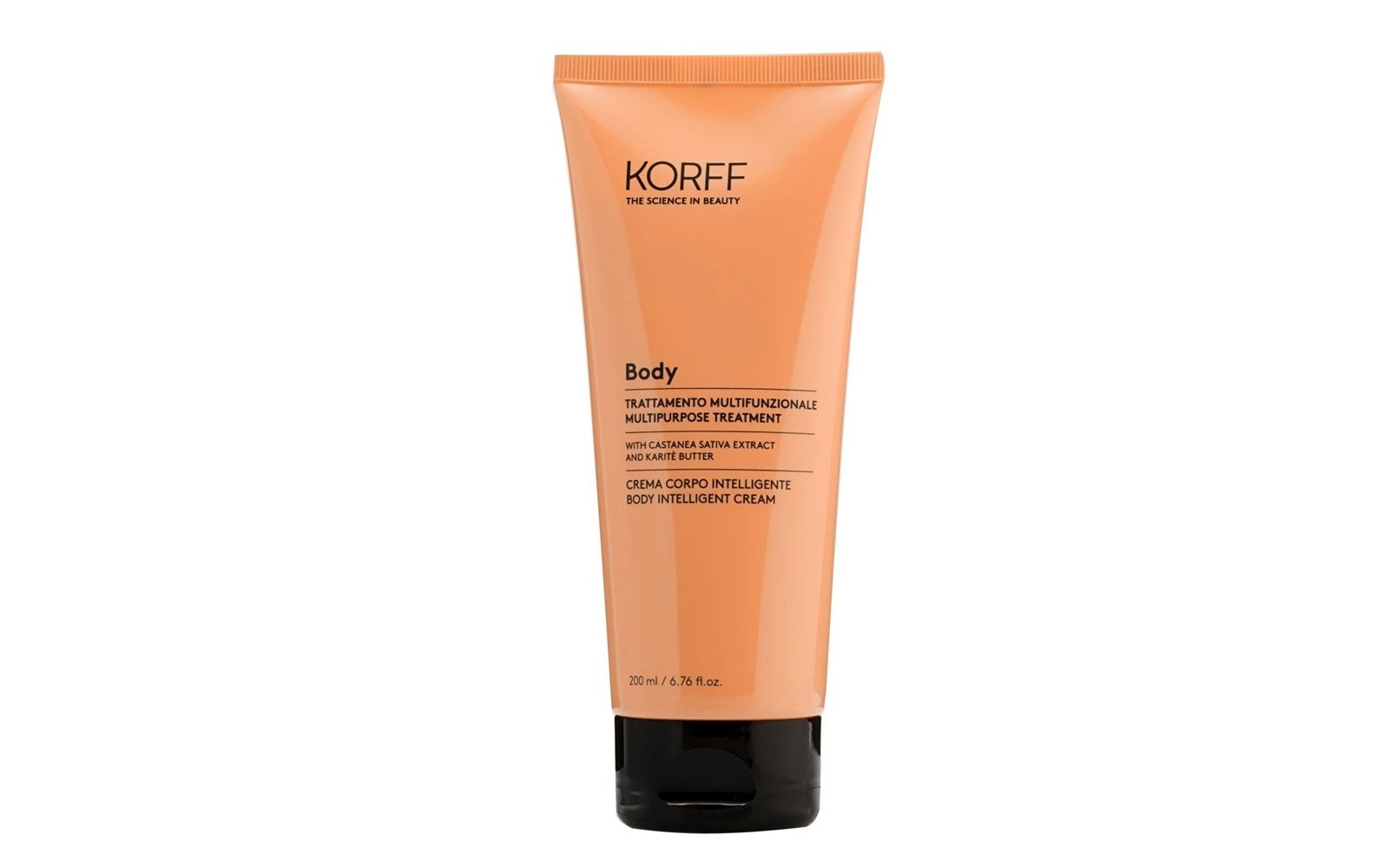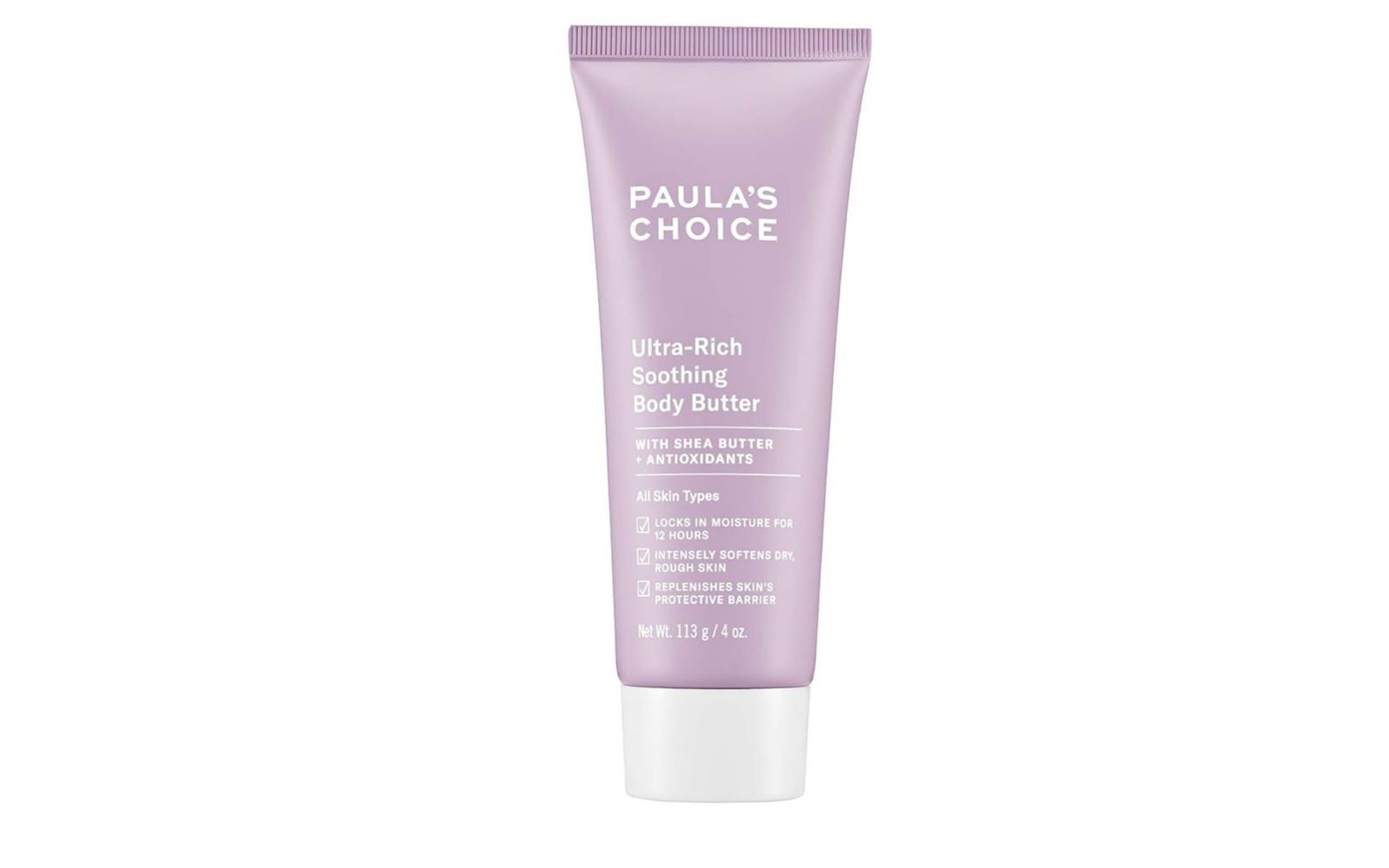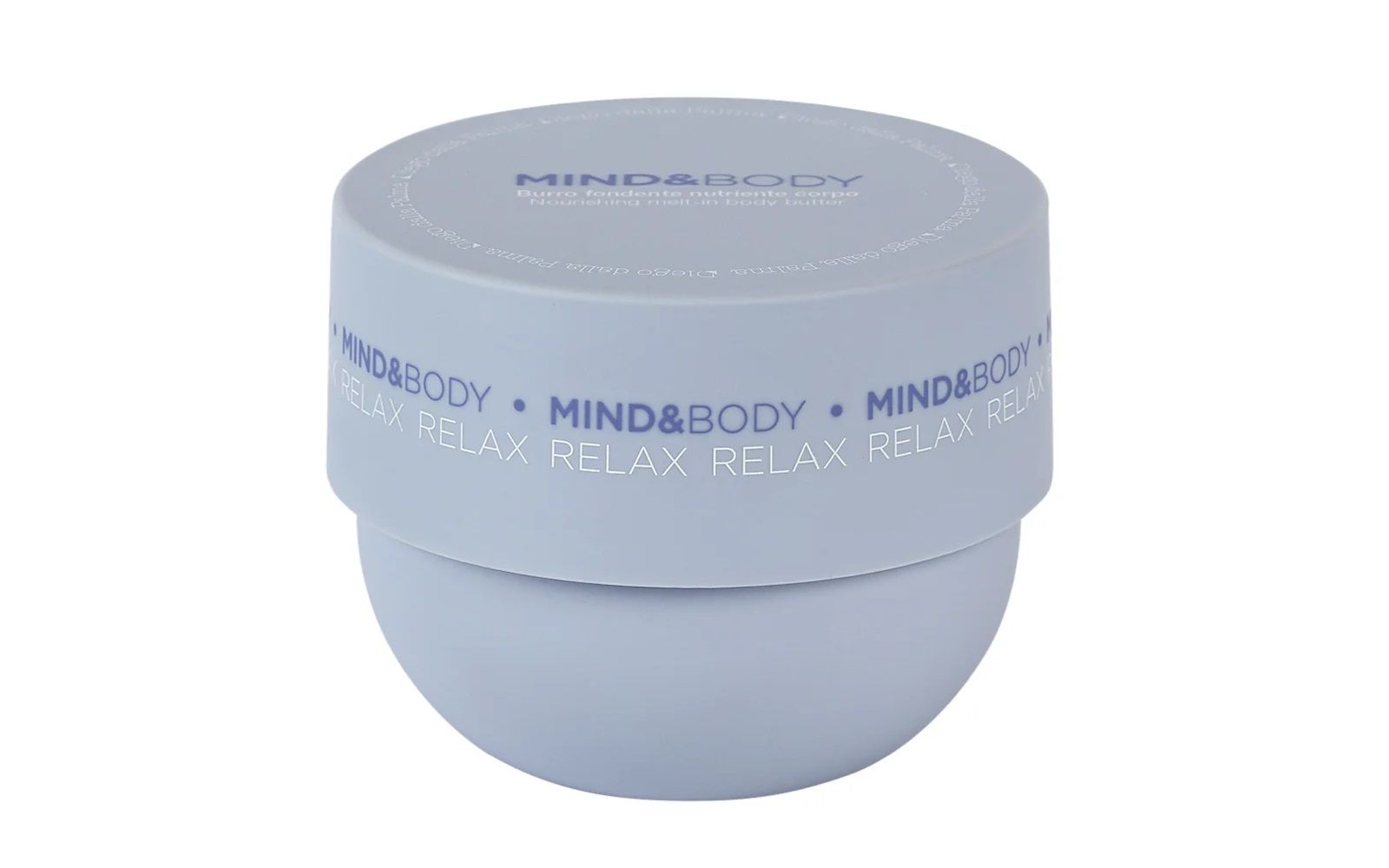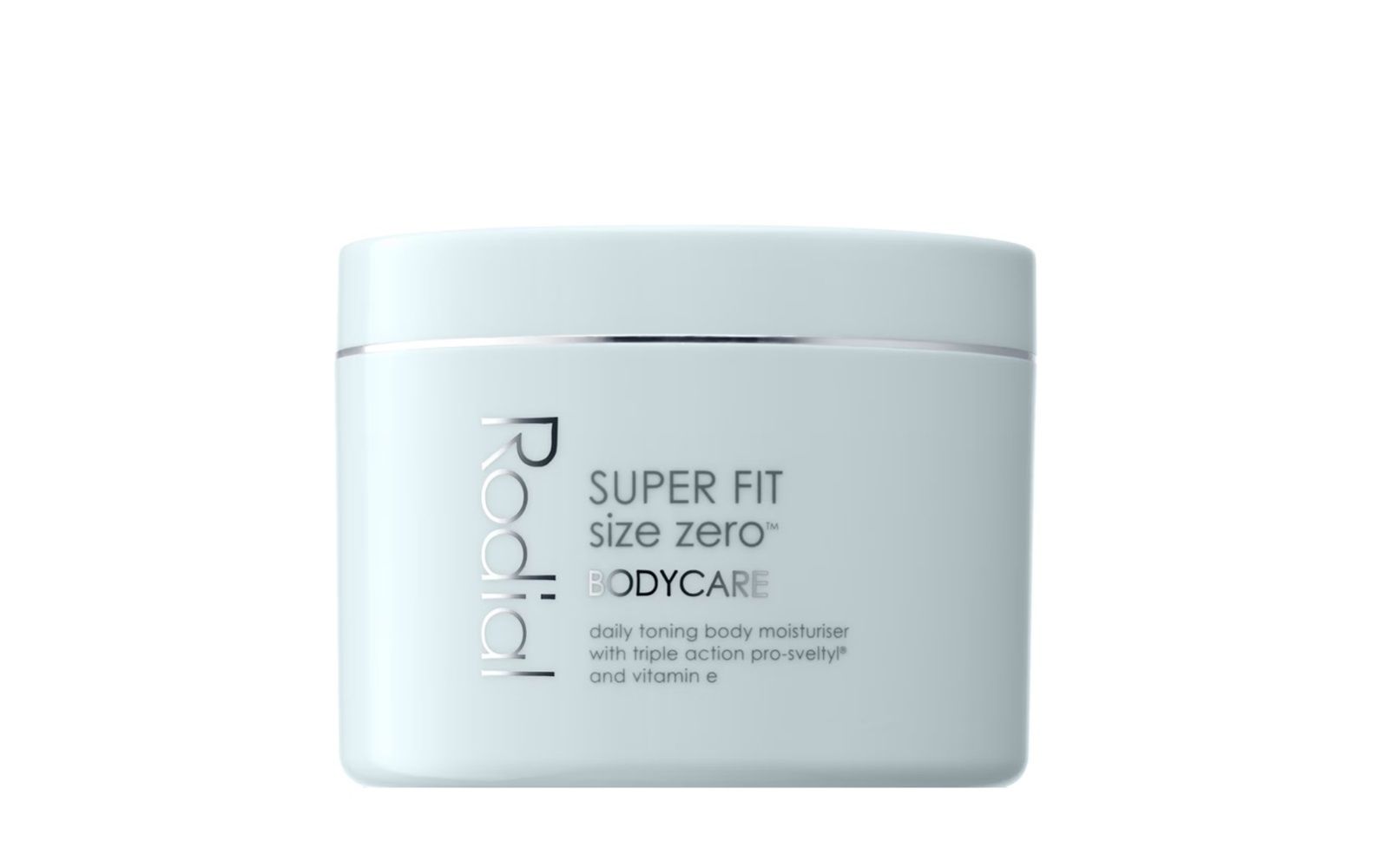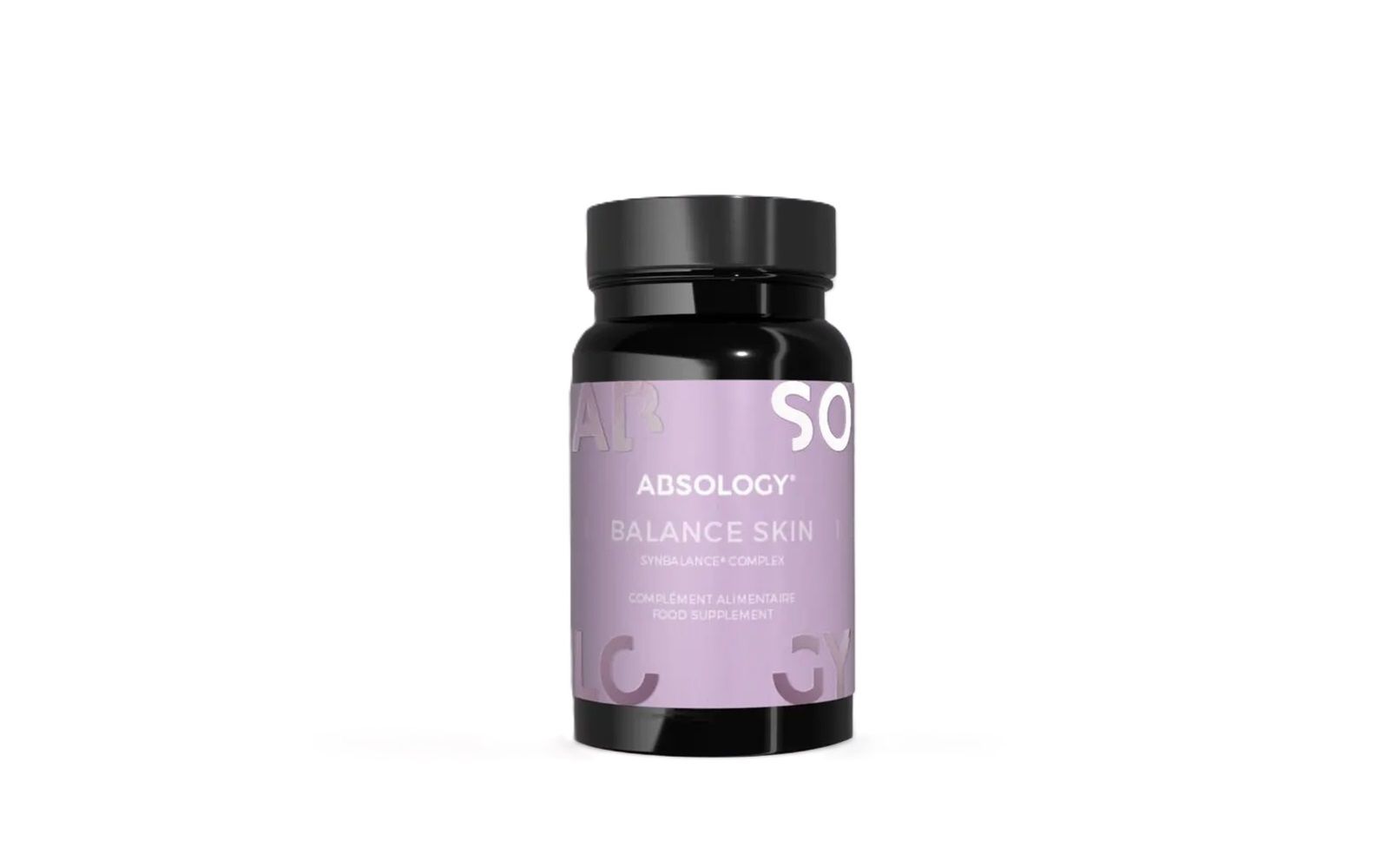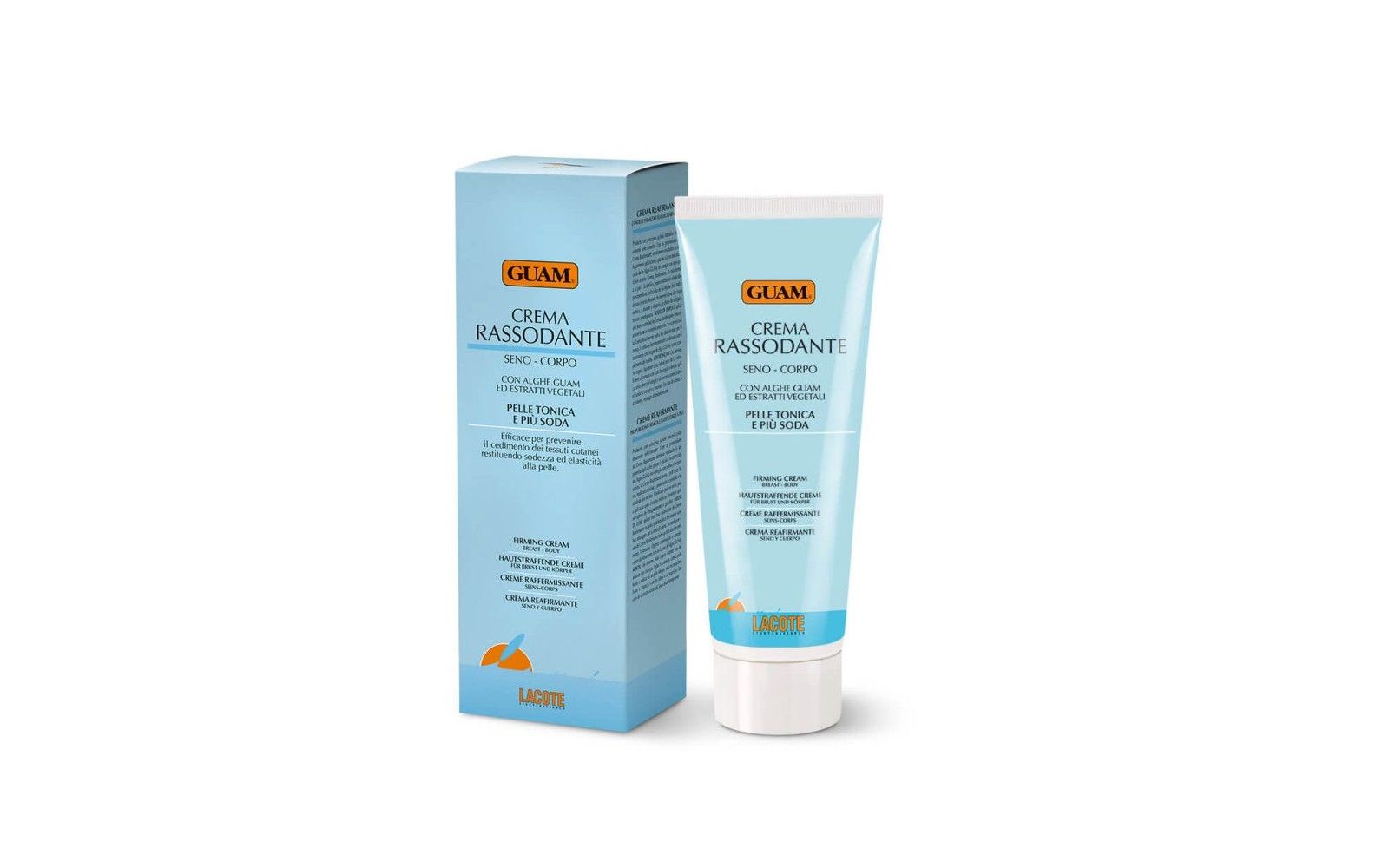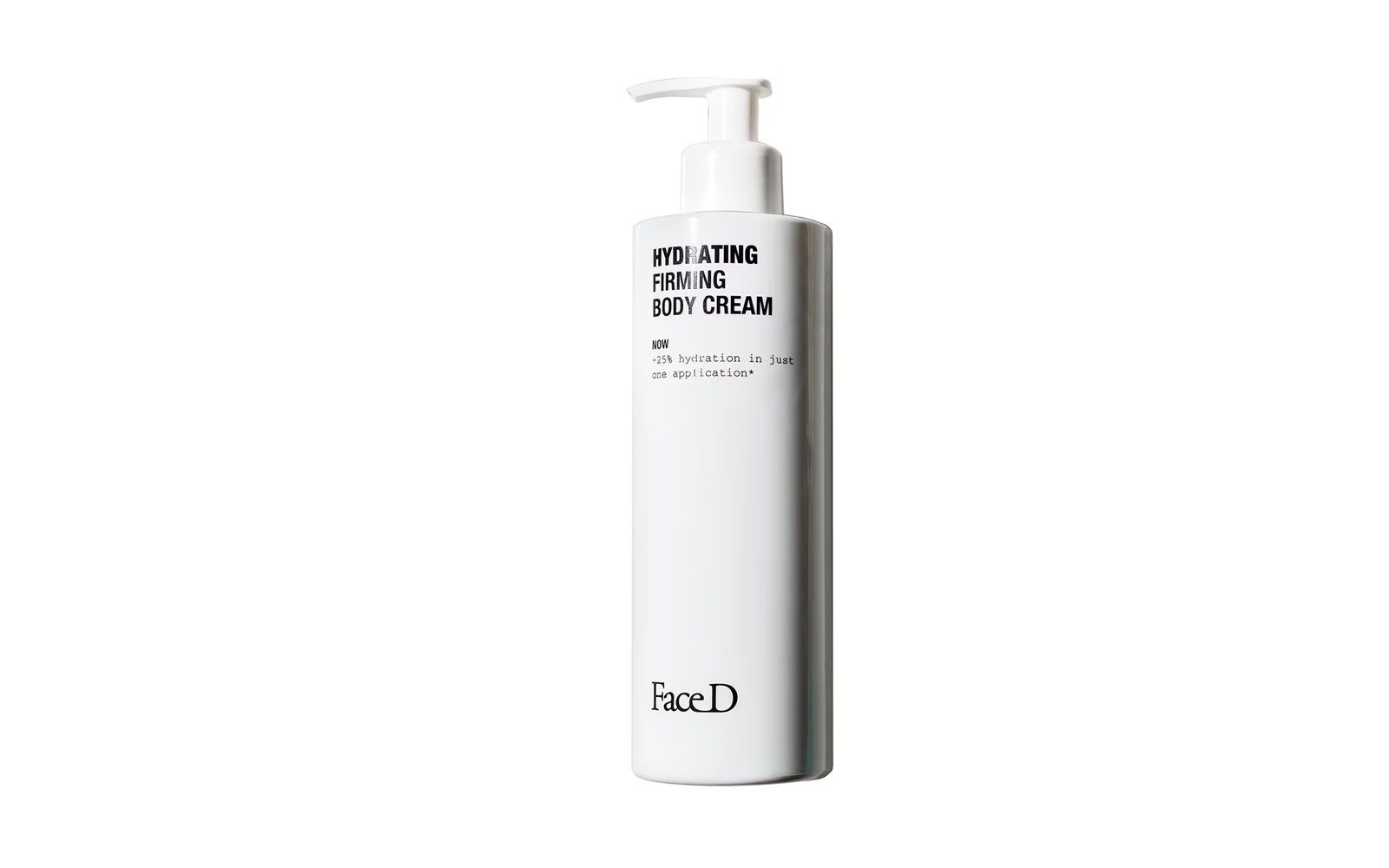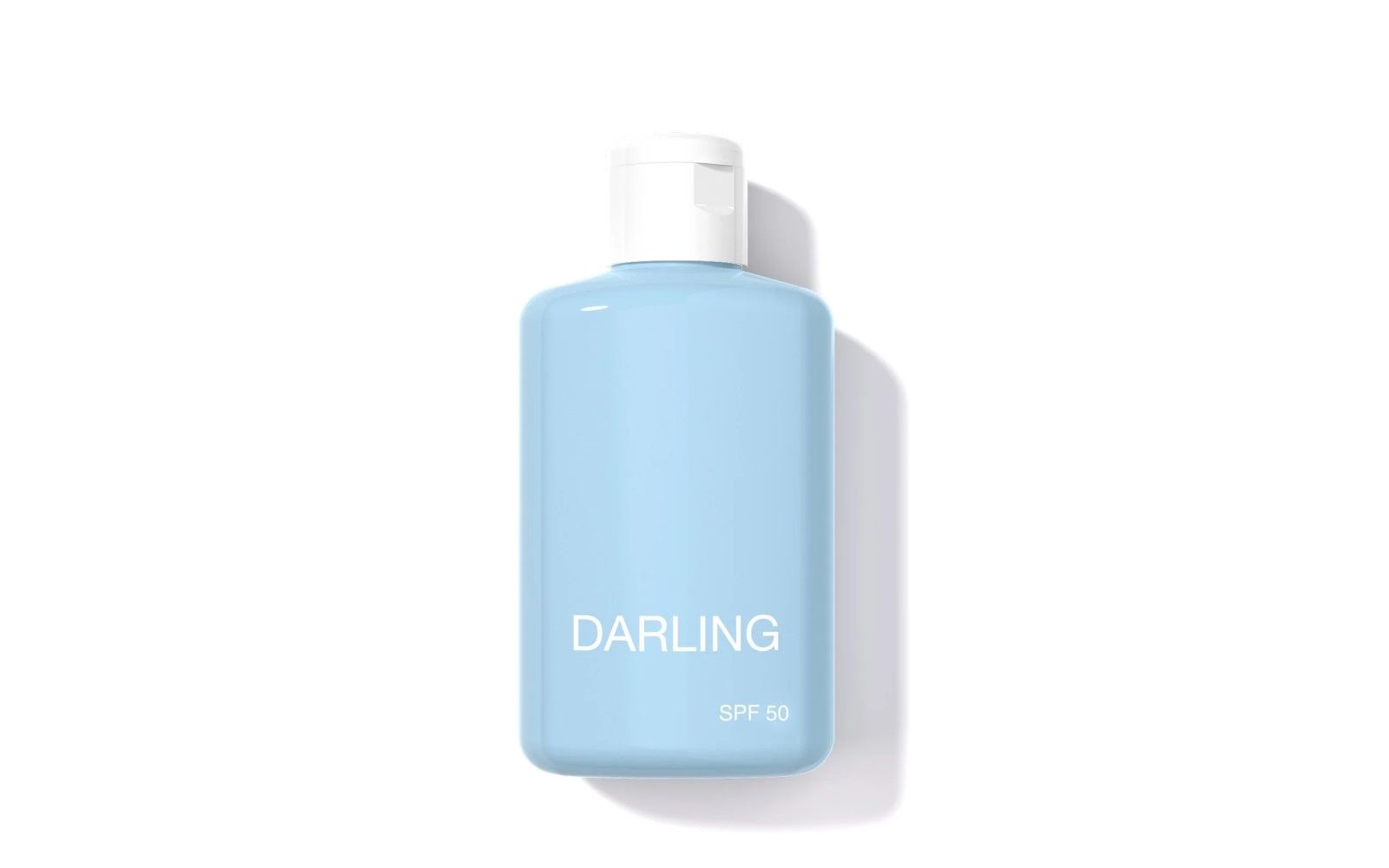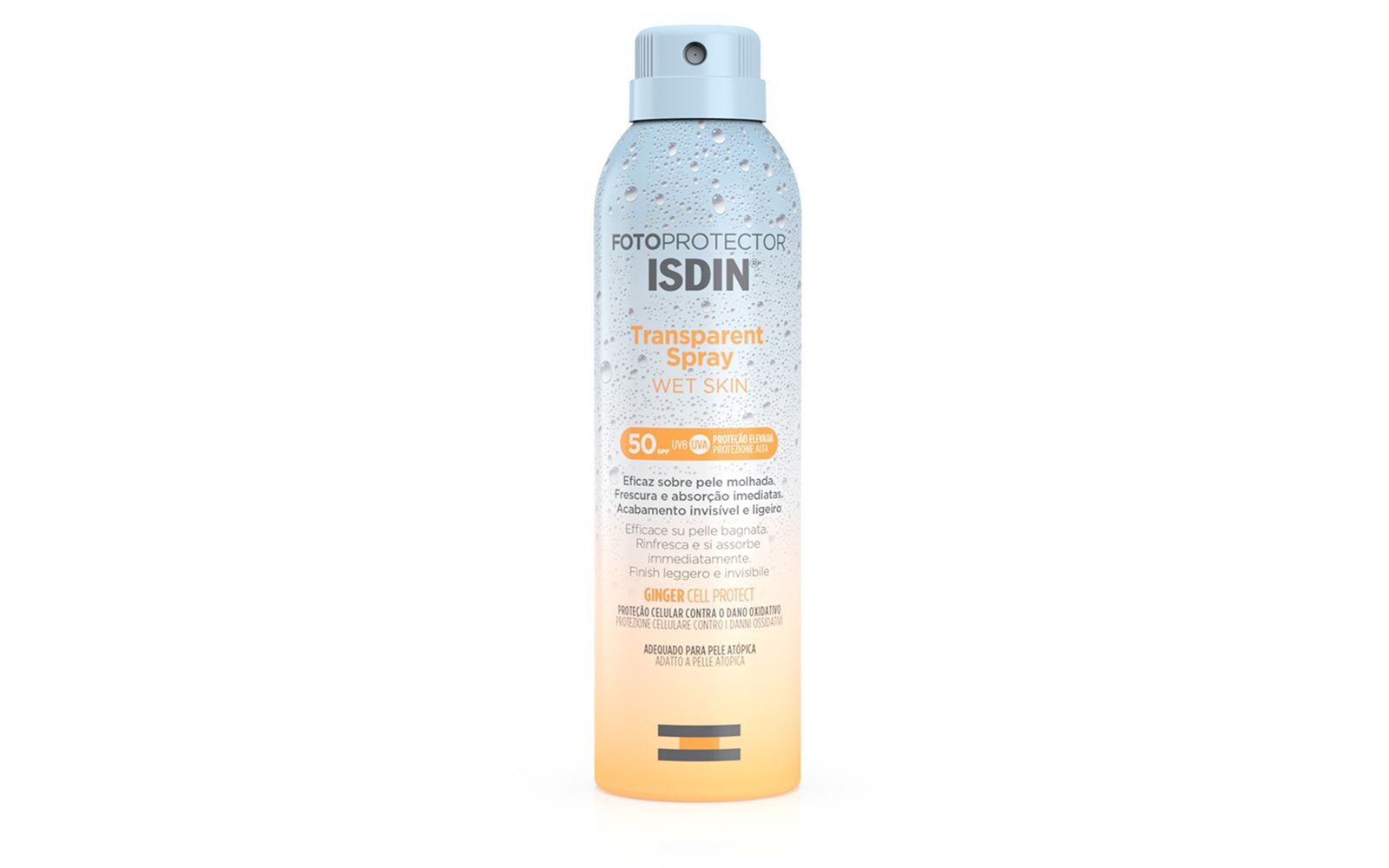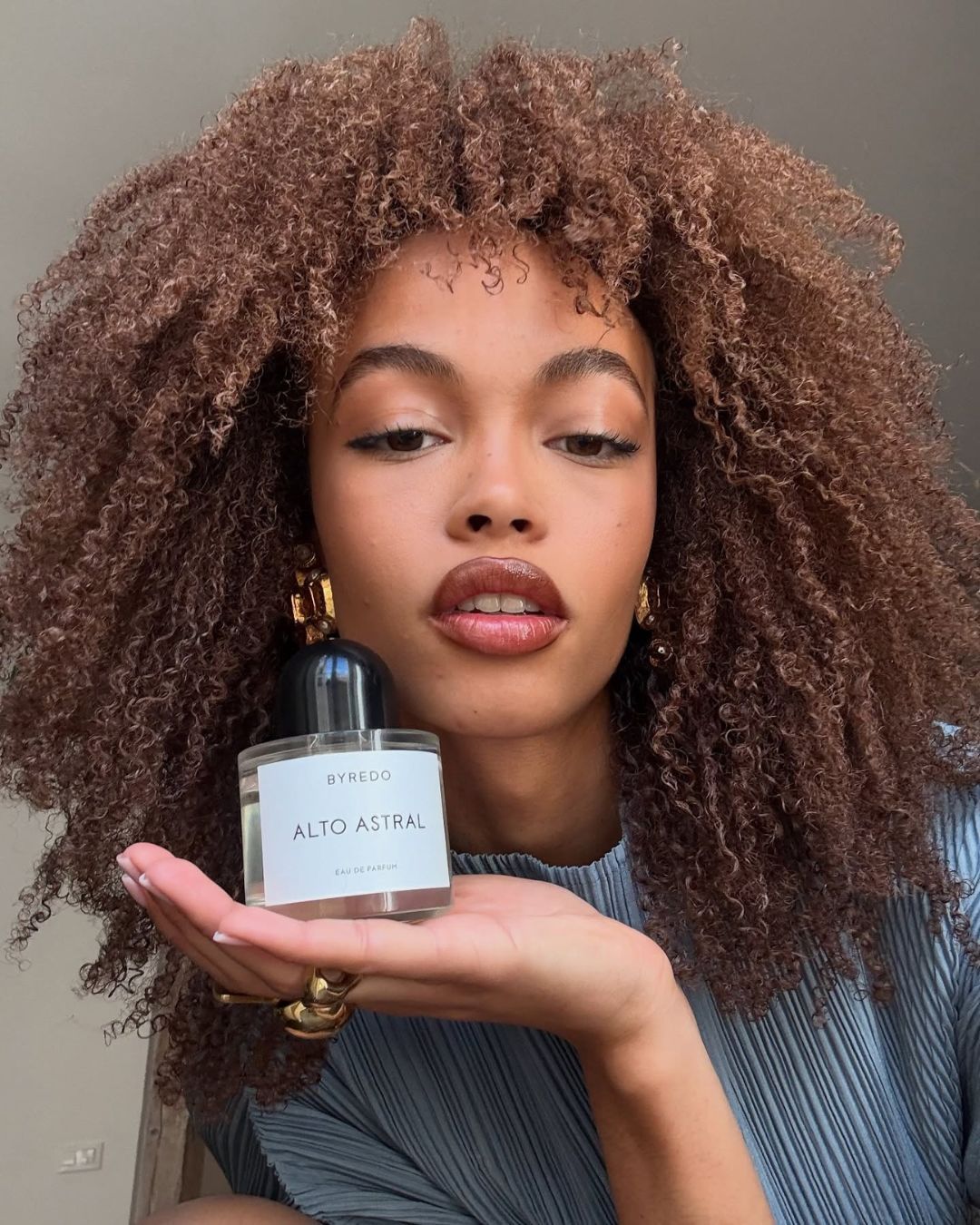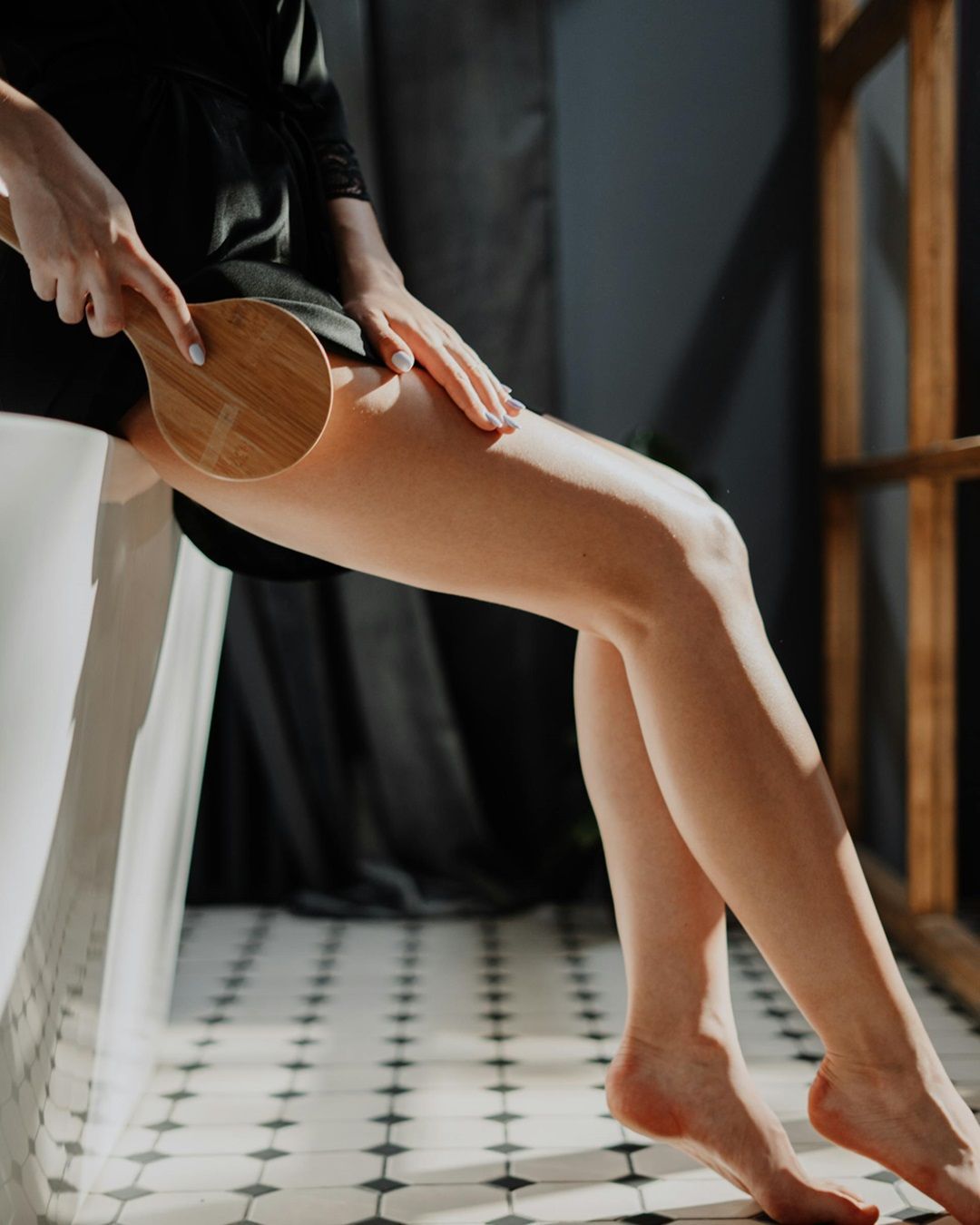
Body care should be as important as skincare Hints and shopping tips for hydrated, healthy and glowing body skin
In recent years, skincare has become a sacred ritual, a daily gesture involving numerous steps and products that each of us carefully follows. We have learned about the best ingredients for facial skin, when to use peptides and when hyaluronic acid, that we should never skip sunscreen, which supplements are the best, and that vitamin C is always a good idea. But what about the rest of the body? Let's admit it, many of us don't pay as much attention from the neck down. Perhaps a bit more in the summer when more skin is exposed, and we feel the pressure of the swimsuit test.
We must not forget that the skin is our largest organ and extends well beyond the chin. Legs, belly, back, arms, and feet should be cared for just like the face. Establishing a body care routine is essential, not only for hygiene but for overall well-being. Unless there are specific needs and conditions that require the advice of an expert, you don't need to follow too many steps, just a few basic principles: cleansing, exfoliation, hydration, and SPF application. Then, you can add products to tone or specific serums. The best time to dedicate to body care? In the evening, before going to bed. This way, this series of gestures can become a moment just for us, to pamper ourselves, relax, and regenerate, preparing for a restful sleep.
Step 1: Cleansing
It may seem trivial, but the body care routine starts in the shower (or bath). Clean skin is happy skin. By thoroughly cleaning, we remove all the sweat, dirt, and pollution accumulated during the day, helping our skin breathe, stay fresh, and healthy. Therefore, it is extremely important to shower regularly and ensure that the body is washed correctly with water at the right temperature. It is important never to use water that is too hot or too cold, as it could risk affecting the hydro-lipid film (the protective film of the skin formed by water and sebum), resulting in further drying of the skin. Ideally, use lukewarm water, along with a suitable body wash, preferably gentle with emollient properties that protect and nourish, avoiding products with sulfates that can strip the skin of its natural oils and compromise its protective barrier. If our skin is dry, opt for an emollient oil like The Ritual of Ayurveda by Rituals, which, thanks to Indian rose and sweet almond oil, leaves the skin soft and nourished. Alternatively, choose soothing creams and cleansers for sensitive skin, such as Skin Relief Shower Gel by Aveeno with a triple prebiotic oat complex that improves the natural skin microbiome balance. To help, you can use a glove or sponge, rubbing with gentle and circular motions to stimulate circulation.
Step 2: Exfoliation
Take advantage of the time in the shower and, before using body wash, proceed with exfoliation. Not every day, just once or twice a week for top-notch skin. In addition to removing dead cells, thoroughly cleaning the skin, and unclogging pores, exfoliation also helps stimulate circulation and prepares the skin to better absorb body care products. The choice of exfoliator depends on the skin type, but in any case, it is best to ensure that it contains only non-abrasive ingredients to avoid redness or micro-injuries. For normal to oily skin, chemical exfoliants such as body lotions or serums containing glycolic acid and/or retinol are suitable. Those with sensitive skin should prefer less aggressive exfoliation methods, more gentle ones that do not further irritate the skin, and exfoliate less frequently. Once the suitable option is chosen, massage the damp skin in a circular motion without rubbing too hard, and finally, rinse gently with water. A good idea might be Alma K's stimulating body scrub, which, thanks to Dead Sea salt granules, gently removes impurities, leaving the skin soft, while sweet almond and grape seed oils regenerate and hydrate the skin. Remember to pay special attention to rough areas such as knees and elbows. To facilitate the exfoliation process, you can use a glove or an exfoliating brush.
Step 3: Hydration
No, our skin doesn't have to be cracked and dry to decide to apply body moisturizer. Hydration should be a daily part of the body care routine. Every day, our skin is exposed to elements that can dry it out, crack, and damage it, so it's important to pay attention to it. An optimal level of hydration for the body starts by consuming an adequate daily amount of liquids; that said, creams, gels, mousses, and rich body butters remain useful allies. Those with sensitive skin should choose gentle and moisturizing products with soothing and emollient active ingredients but without irritating agents. For drier and dehydrated skin, it's better to opt for a product with a more buttery consistency. A couple of tips? Body oil doesn't replace moisturizer but complements it, and apply the moisturizer to damp skin to allow better product penetration. A good solution could be the new Sensual Illuminating Body Cream by Diego Dalla Palma Milano, which, thanks to floral oils of Damask rose and jasmine and a relaxing fragrance with citrus notes of Japanese mandarin and patchouli, provides smoothness and enhances the natural luminosity of the skin.
Step 4: Toning
It is always a good idea to devote time during the body care routine to toning. Balanced diet and physical activity can find allies in specific body treatments and products dedicated to toning specific areas of the body such as the breasts, buttocks or legs. Worth trying is The Longevity Suite's Tone & Cellulite treatment, which uses the benefits of radiofrequency to improve tissue tone and laxity by making the skin's surface firm and smooth with long-lasting results. Among creams, on the other hand, we can add Rodial's Size Zero to our beauty routine, a toning moisturizer with a delicate rose and citrus scent, formulated with lotus flower extract to help firm and tone the skin.
Step 5: Sunscreen
As with the face, no matter what season we are in, skin all over the body should be protected from the sun's harmful UV rays a broad-spectrum sunscreen with an SPF 30 or higher on all parts not covered by clothing, making sure to reapply every hour and a half when we are outdoors. Regardless of the weather or temperature, sunscreen should always be used, especially, if we regularly exfoliate with active ingredients such as AHA, BHA or retinol, which make the skin more photosensitive to light.



















































